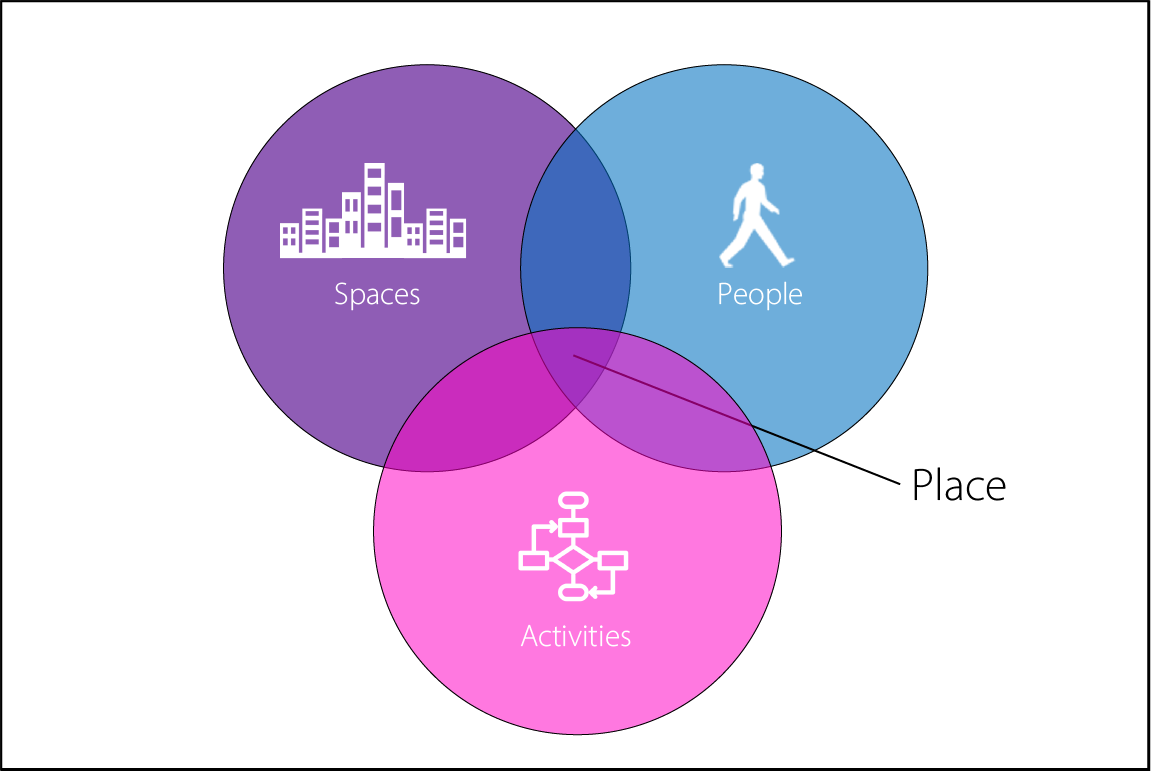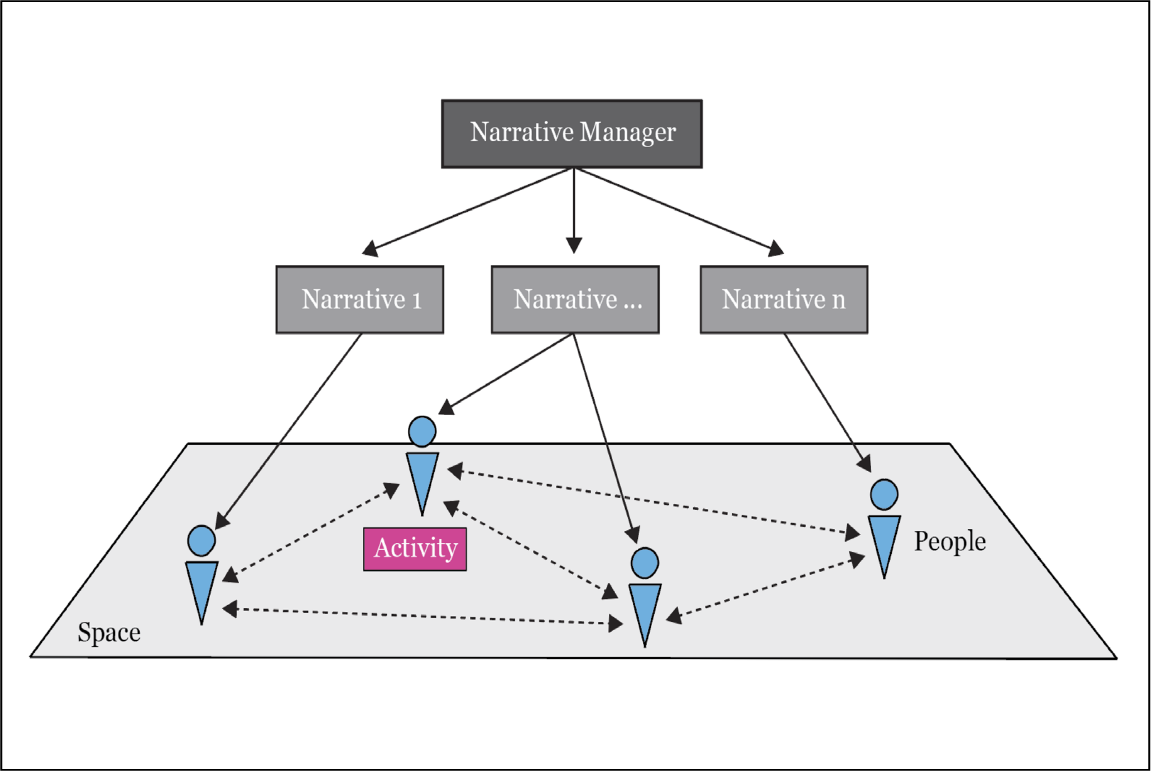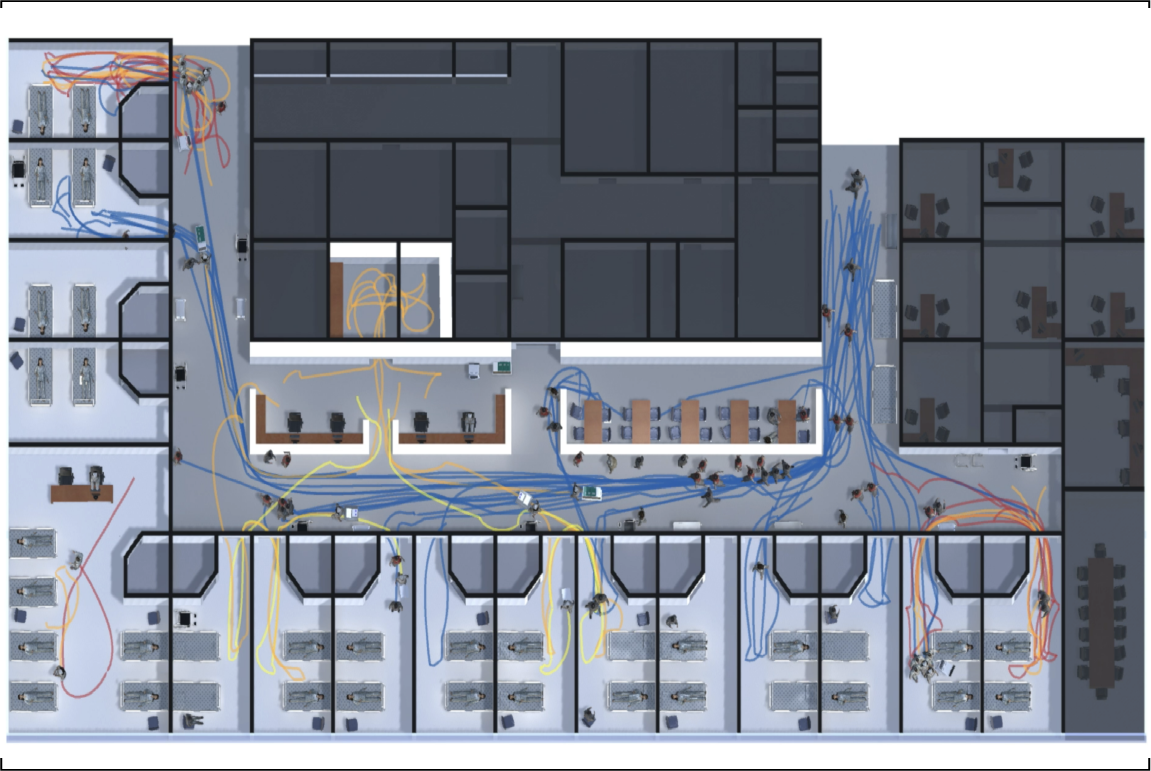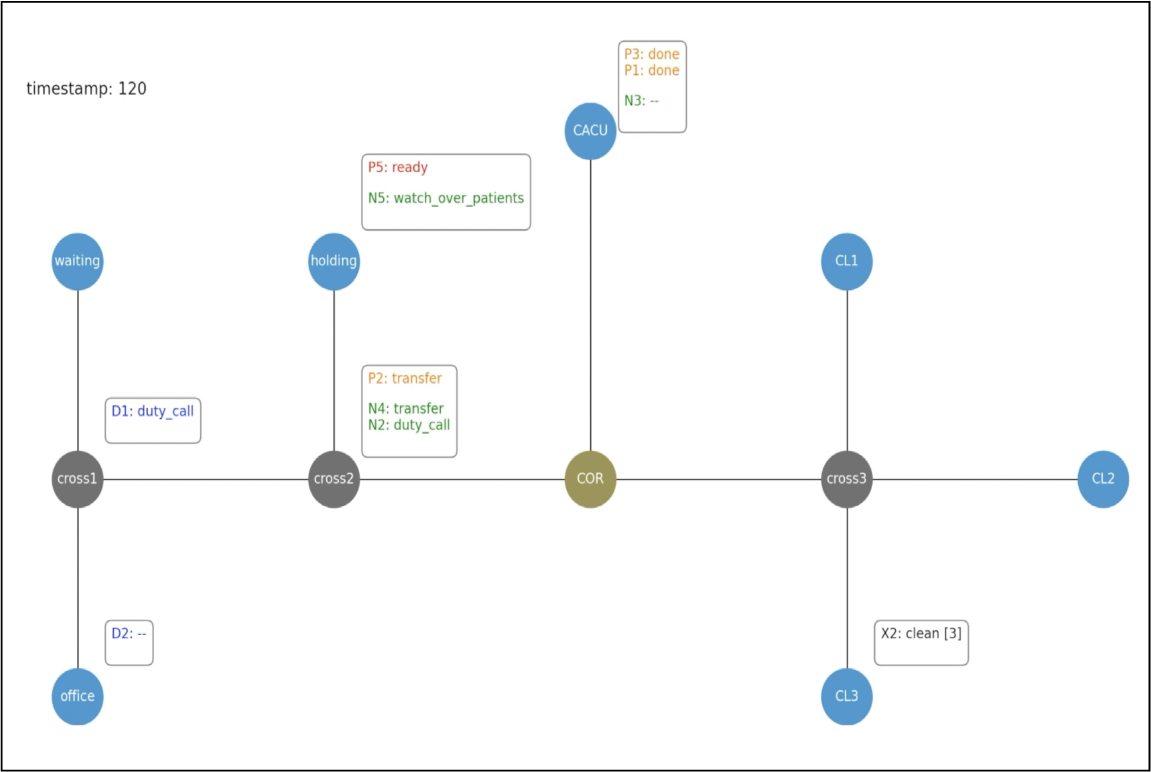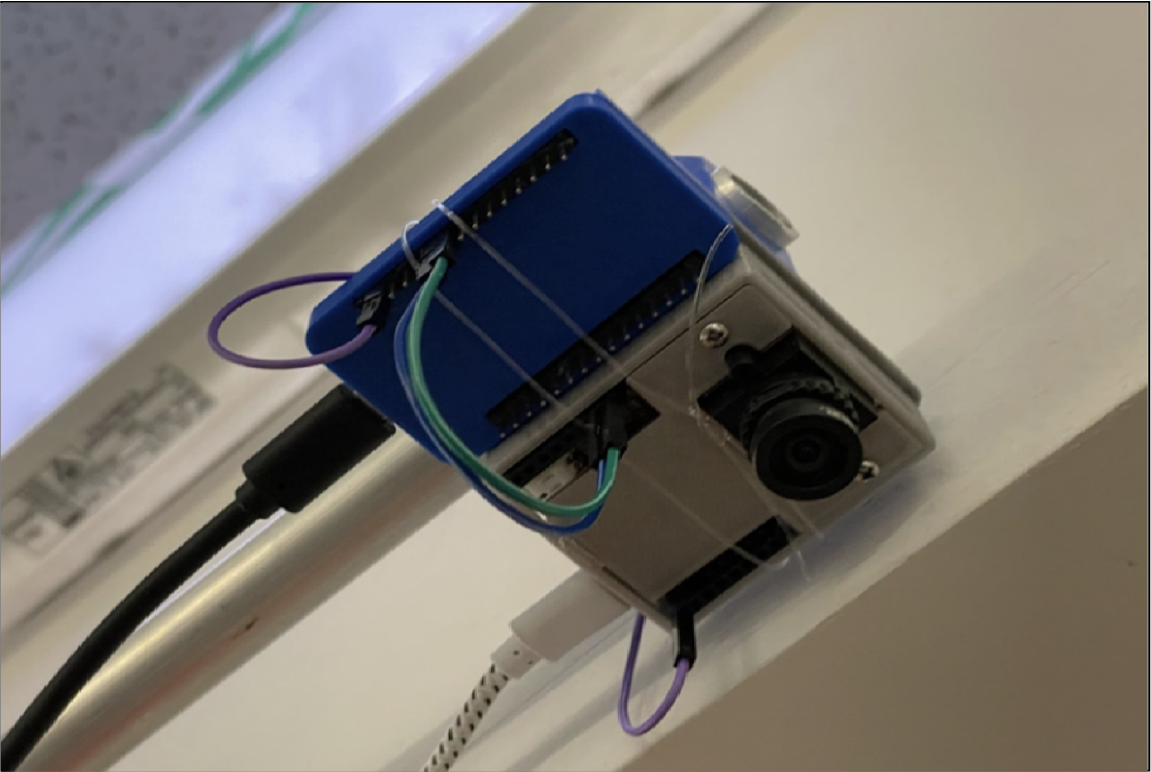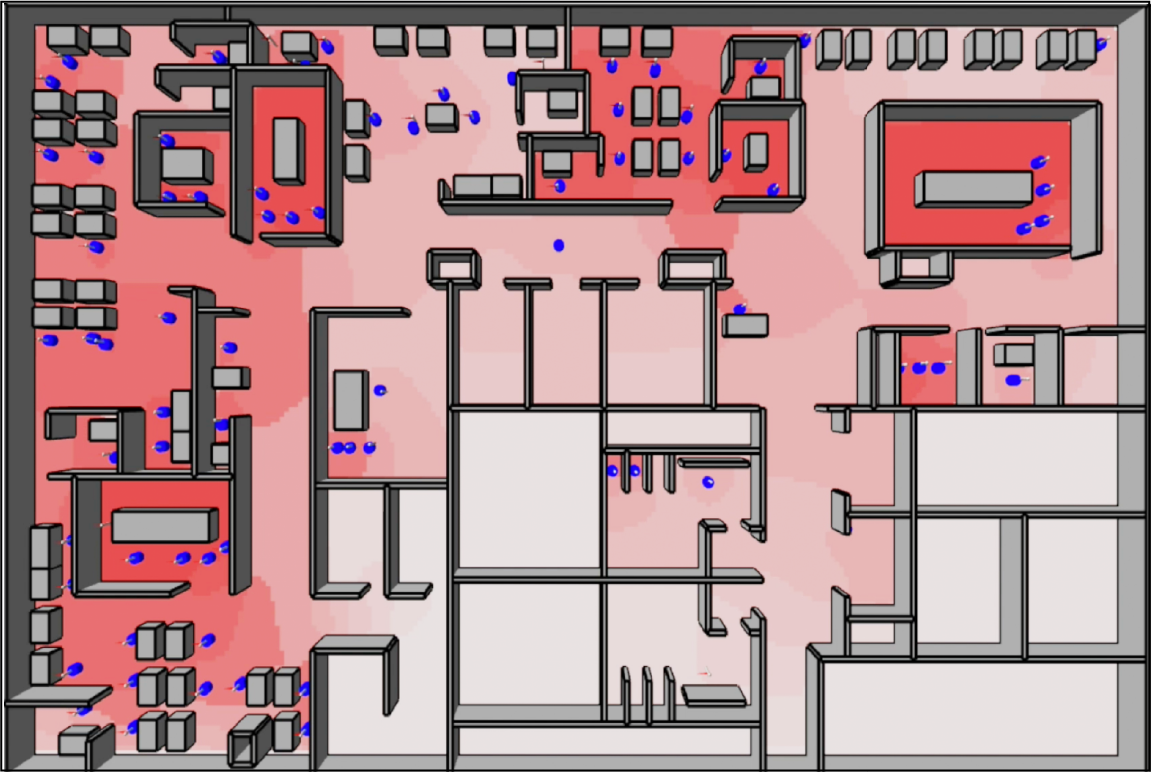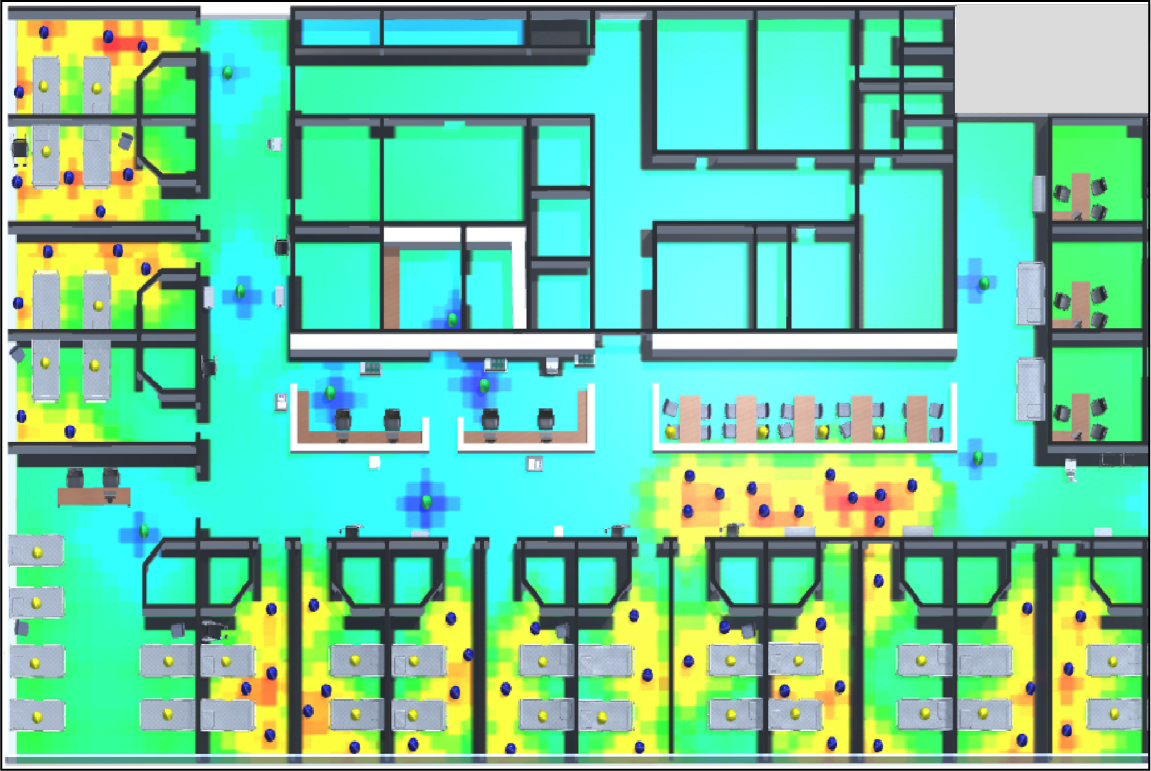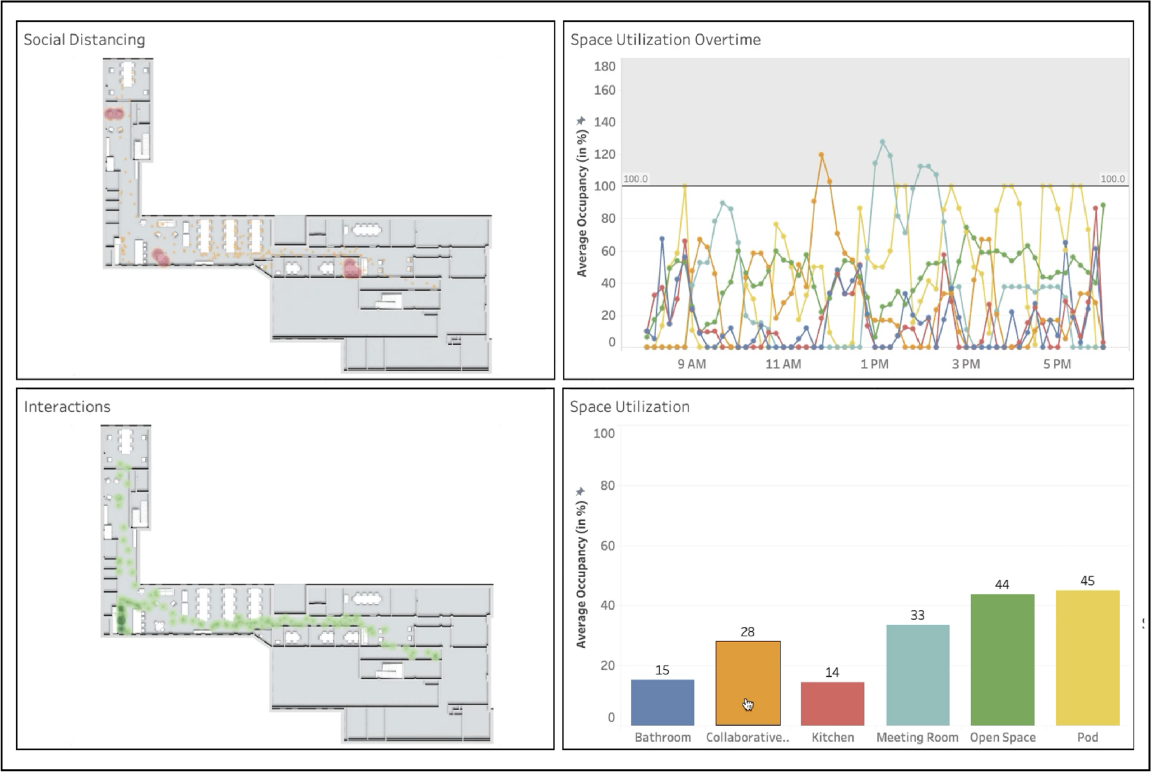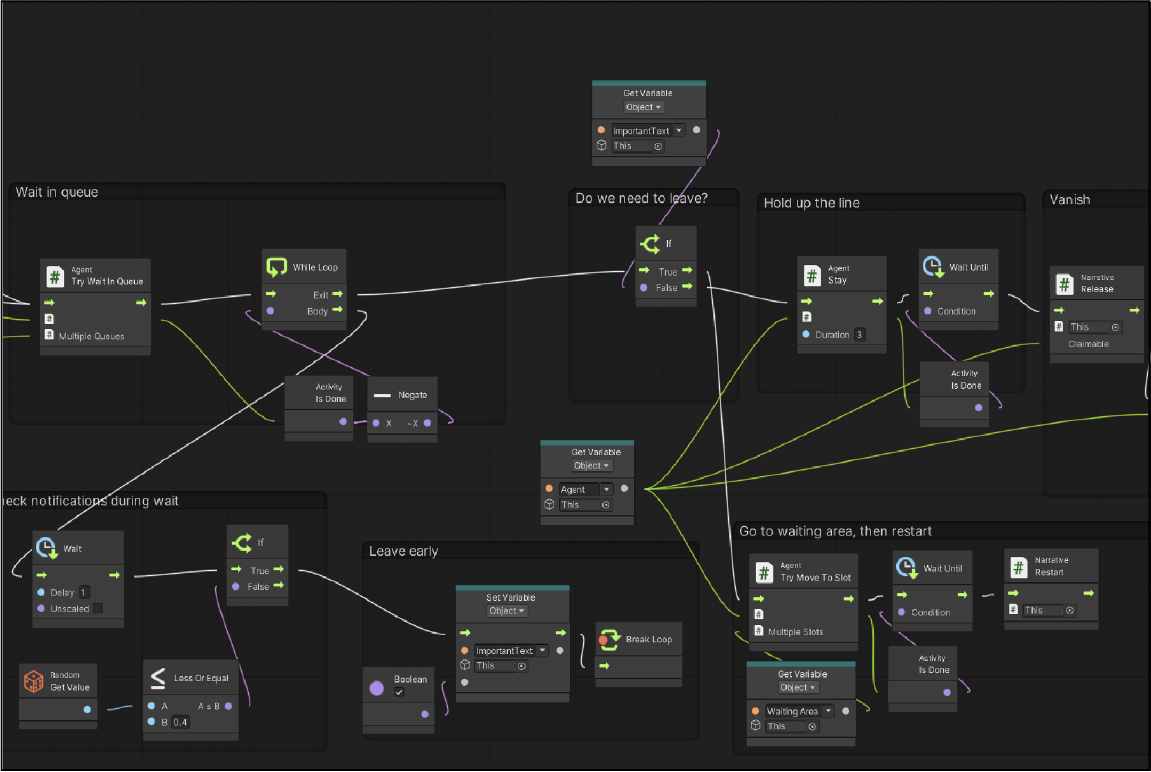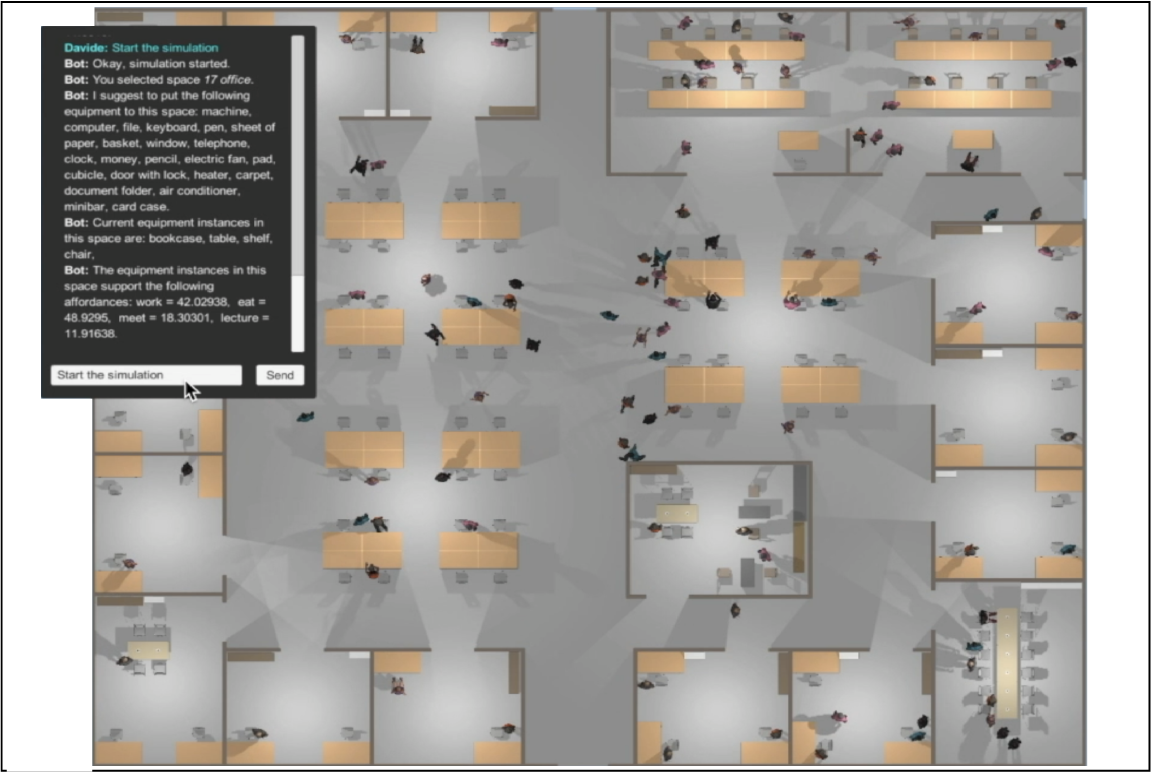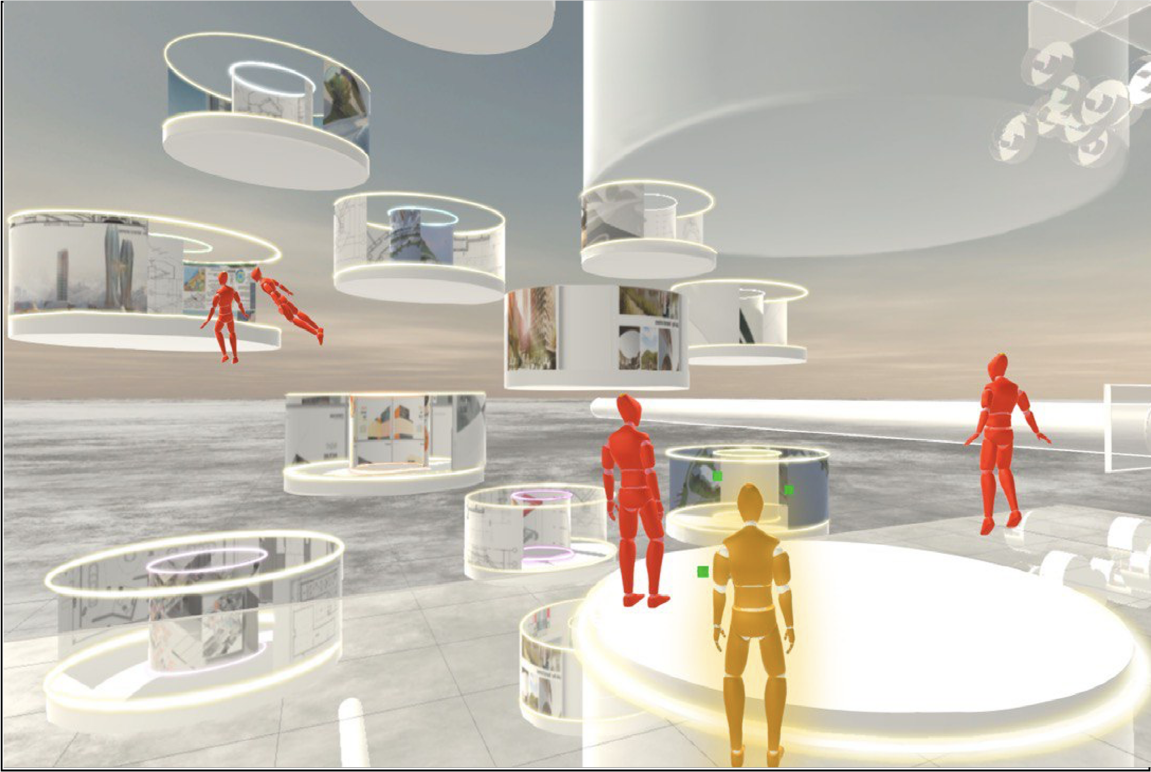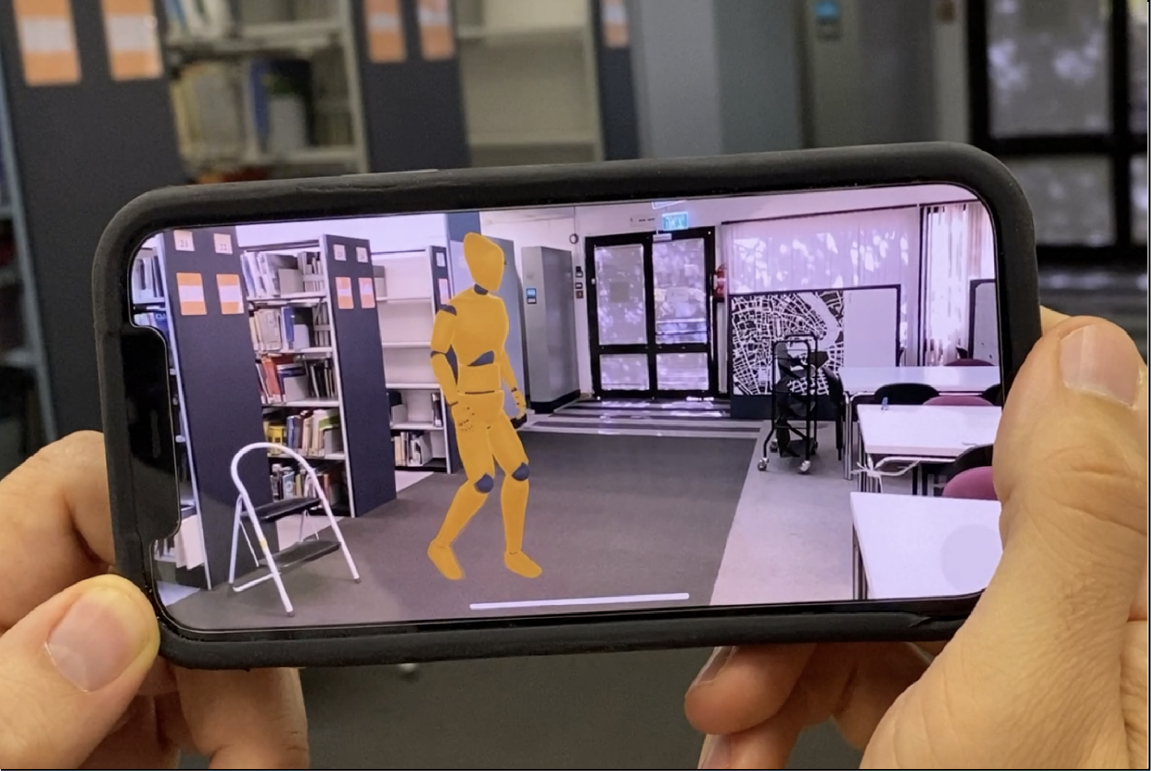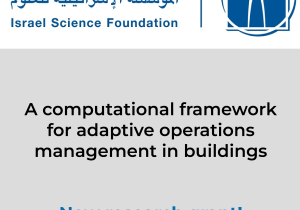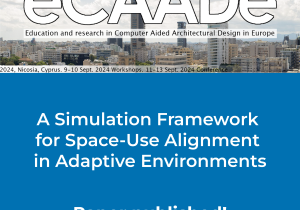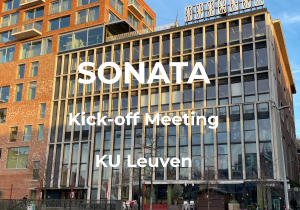Research Overview at IPL
Check a summary of our work at IPL focused on simulating human-building interactions in complex workplaces.
Multi-Agent Hospital Simulation
Simulating planned and unplanned human behavior narratives in the cardiology unit at the Sourasky Medical Center in Tel Aviv, Israel.
Resource Allocation Optimization
Simulating the implication of alternative resource allocation strategies at the San Bernardine Medical Center, CA, US.
Human-Environment Co-Sim
Co-Simulating environmental temperature, thermal comfort, and human spatial behavior in the Autodesk Offices in Toronto.
Intelligent Environments
Simulating Human-Building Interactions in Intelligent Environments. Outcomes of a course at the Technion in Spring 2022.
Conversational Interface
Using a natural language Interface coupled with common sense knowledge for simulation-powered occupancy analysis.
Mixed Reality for Hybrid Places
A Mixed Reality approach to visualize in physical environments the behavior of virtual occupants in digitally twinned environments.
Designing Hybrid Places
Designing hybrid places for social interactions across physical and virtual realms. Outcomes from a Technion course in Winter 2023.
News
Recent Publications
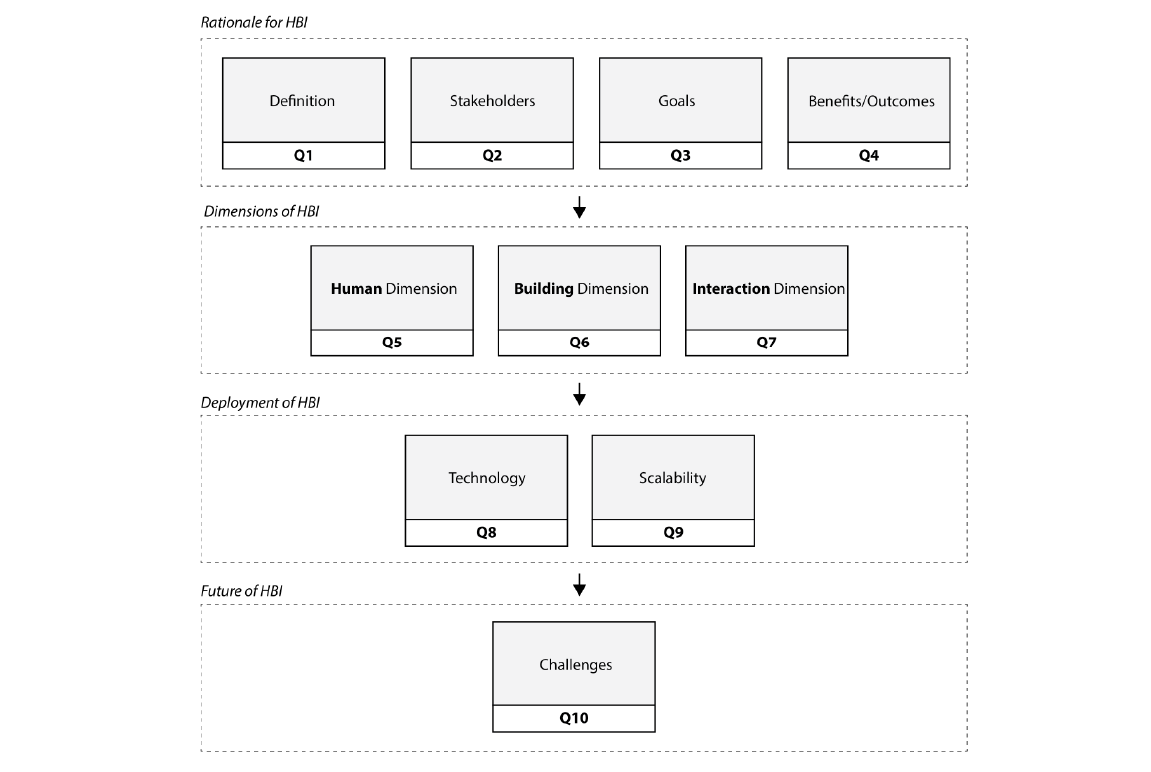
Ten questions concerning human-building interaction research for improving the quality of life
Becerik-Gerber et al.
Building and Environment
2023
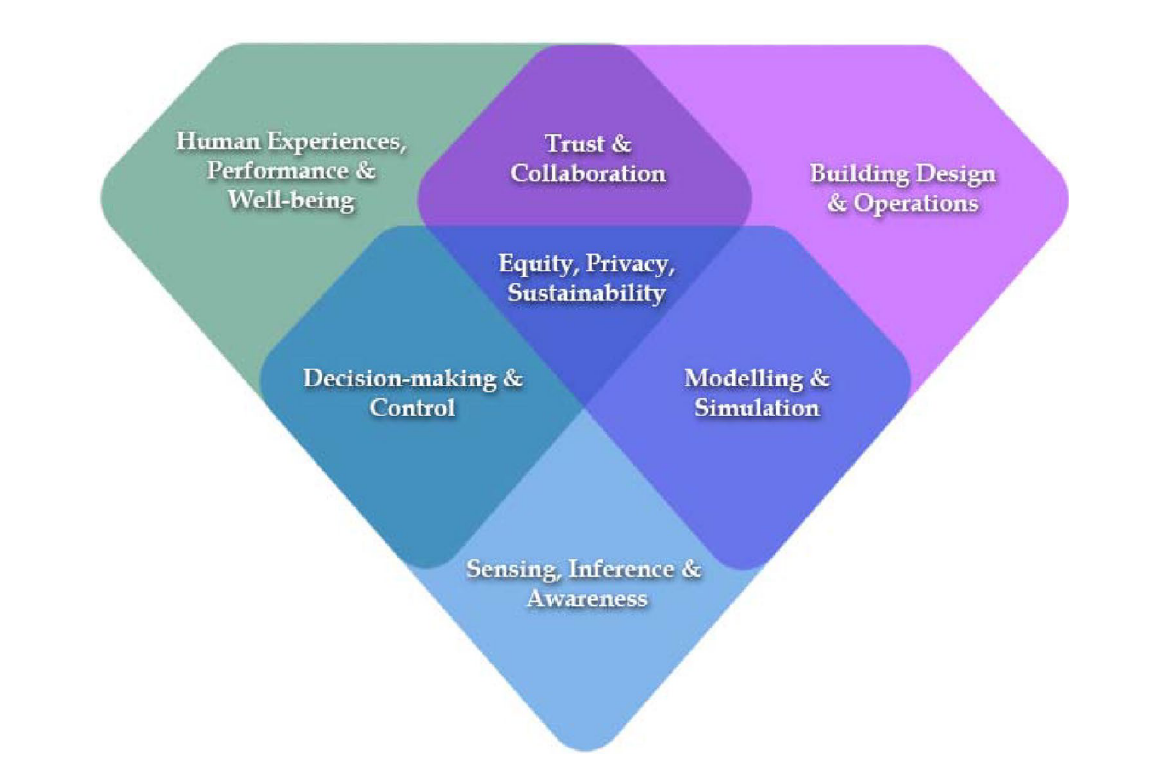
The field of human building interaction for convergent research and innovation for intelligent built environments
Becerik-Gerber et al.
Scientific reports
2023
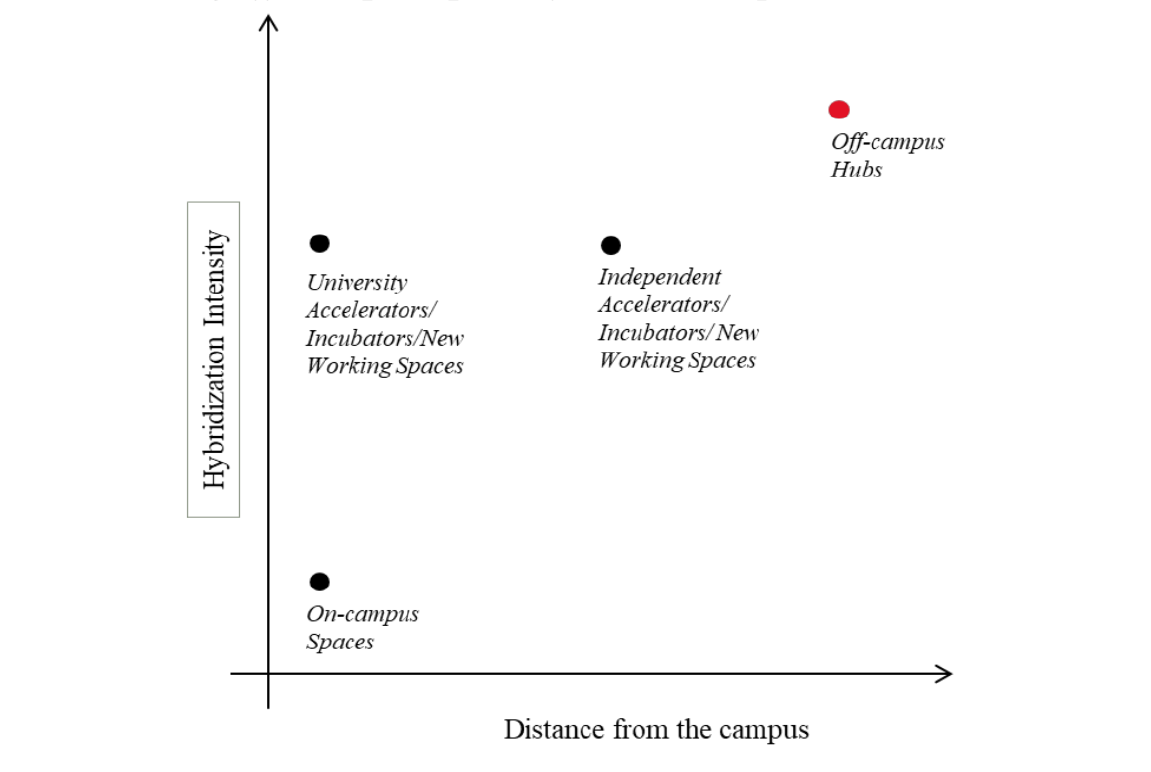
University Hubs: an emerging phenomenon between campus, work, and social spaces
Migliore et al.
TWR Conference
2022
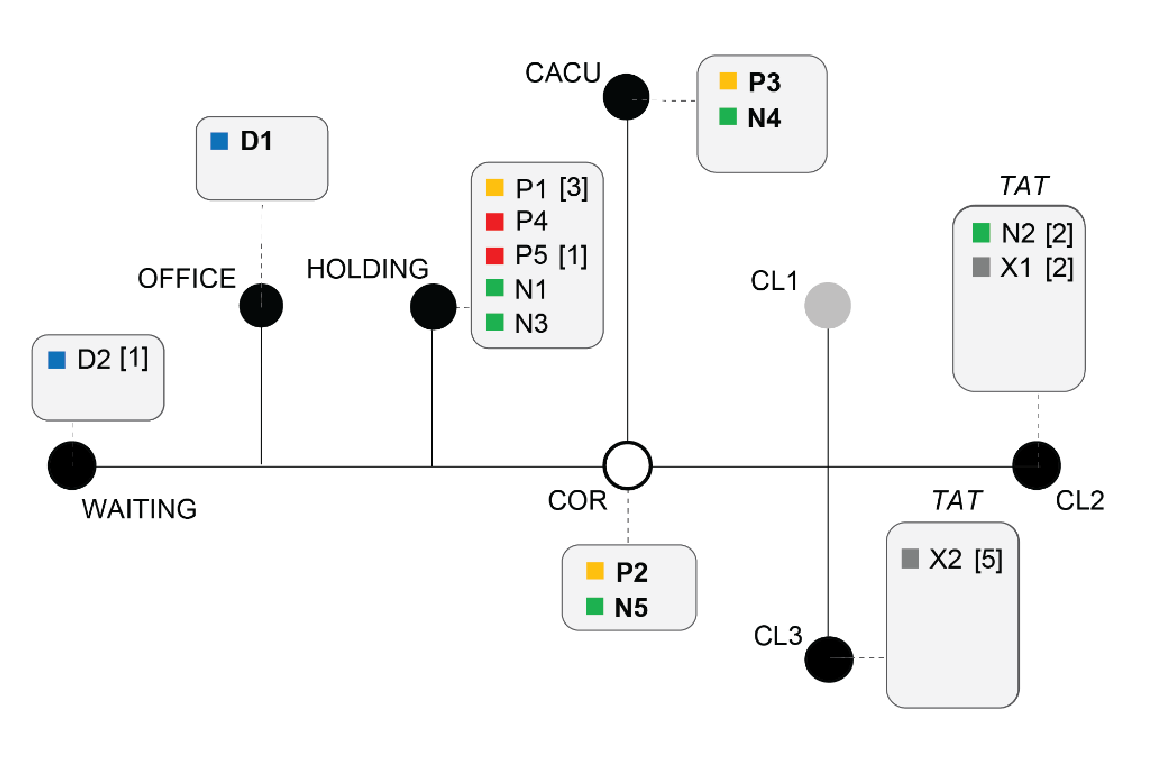
Dynamic Building Activities Management in Healthcare Facilities: A Study in a Catheterization Lab
Kalay et al.
SimAUD Conference
2021
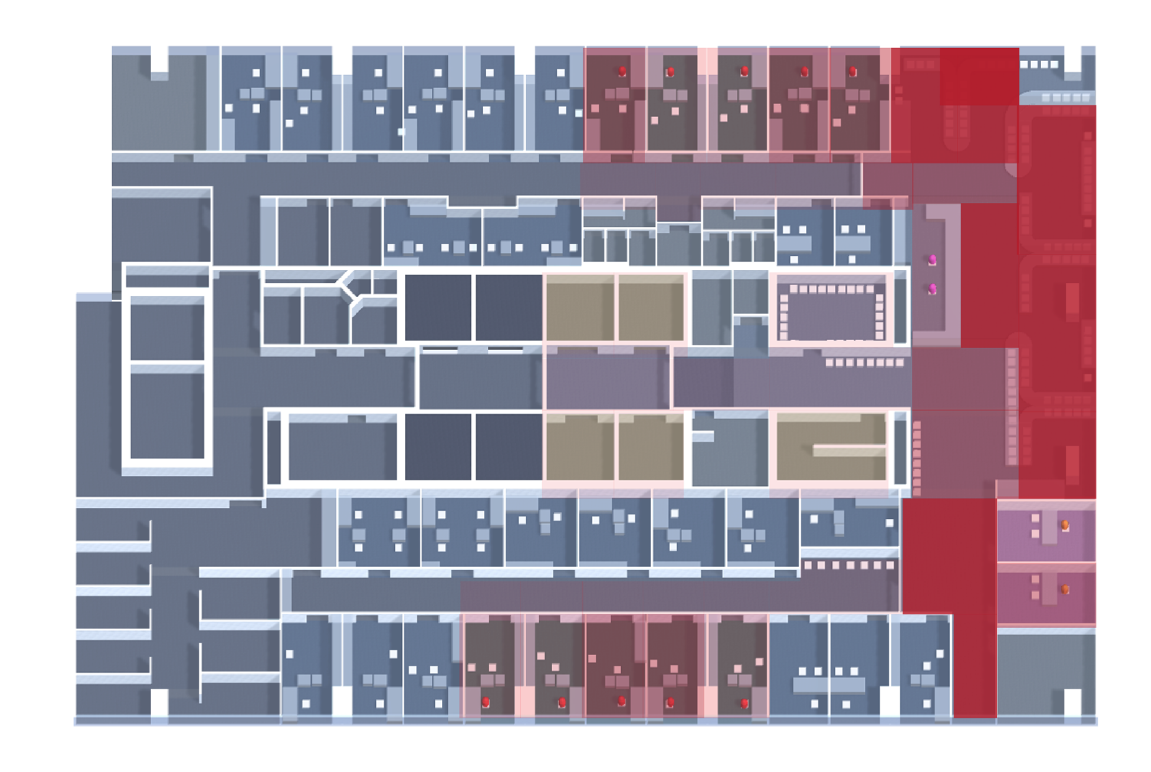
Simulating Multi-Agent Narratives for Pre-Occupancy Evaluation of Architectural Designs
Schaumann et al.
Automation in Construction
2019
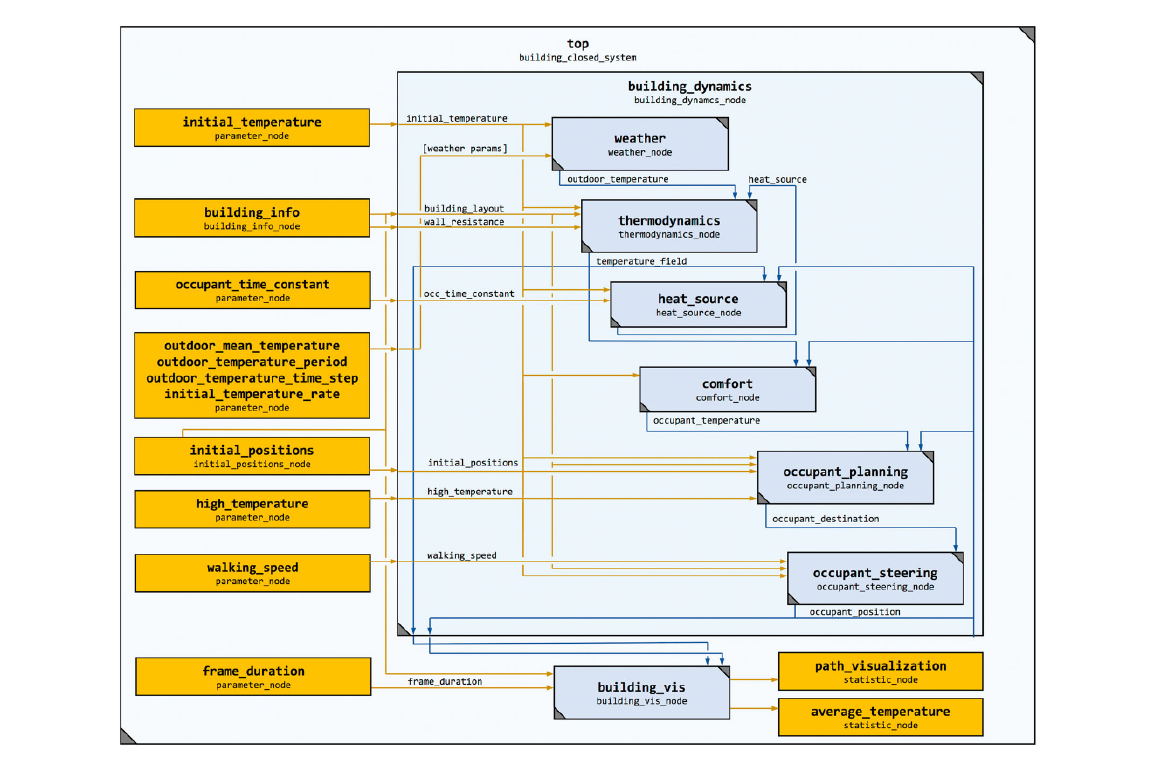
JOIN: An integrated platform for joint simulation of building-occupant interactions
Schaumann et al.
Architectural Science Review
2019

Simulating use scenarios in hospitals using multi-agent narratives
Schaumann et al.
Journal of Building Performance Simulation
2017
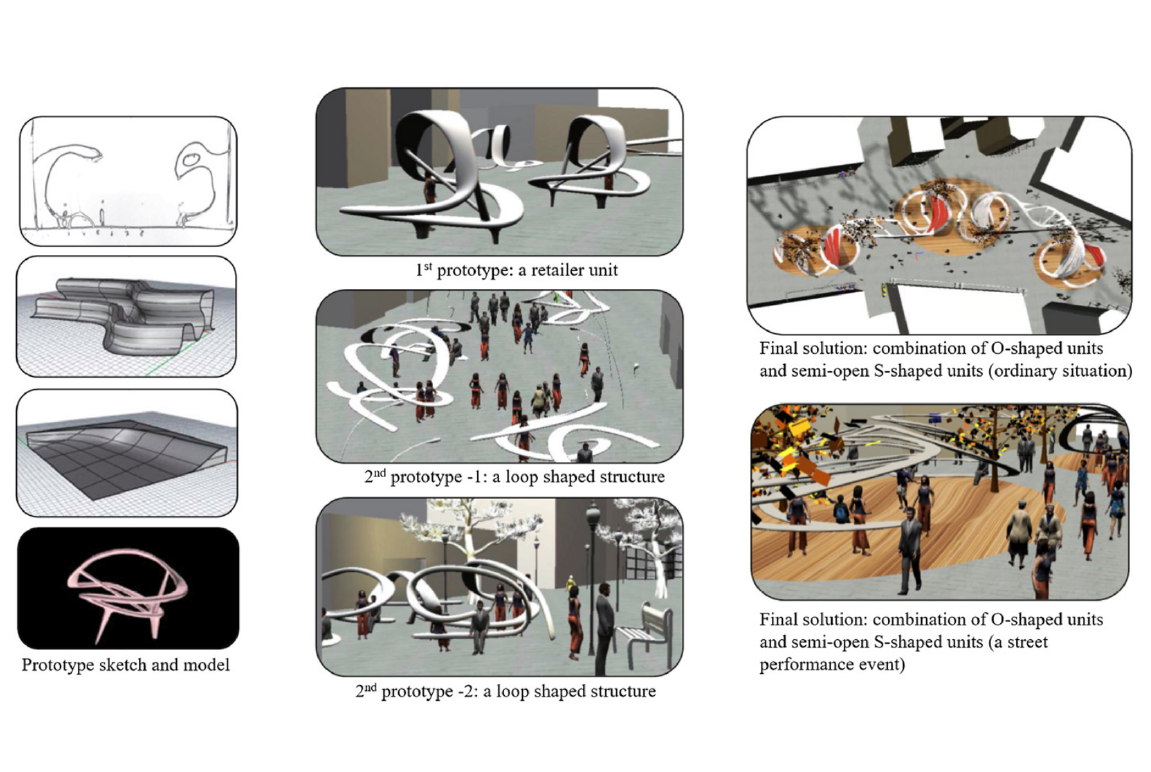
Human behavior simulation in architectural design projects: an observational study
Hong et al.
Computers, Environments and Urban Systems
2016
Team

Dr. Davide Schaumann
Principal Investigator (PI)
Dr. Schaumann is an Assistant Professor in the Faculty of Architecture & Town Planning and the director of the Intelligent Place Lab
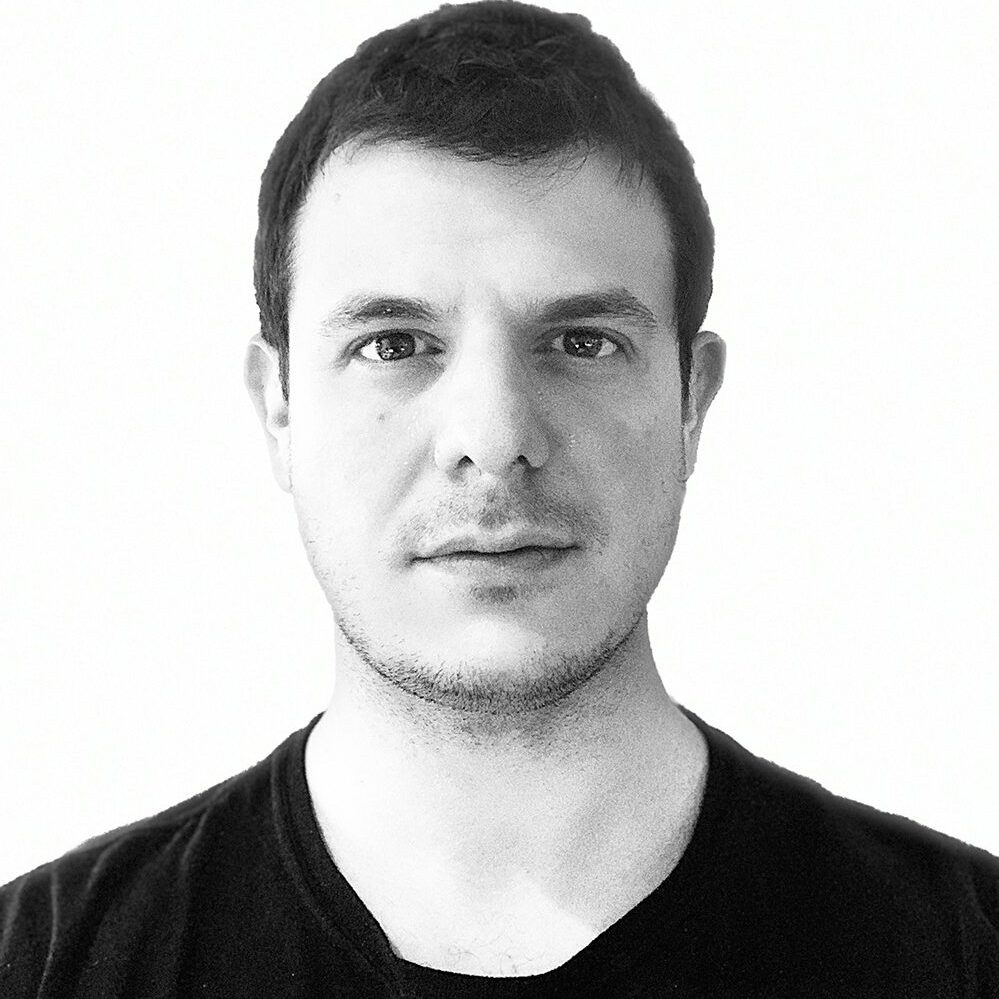
Ben Drusinsky
Master Student
Ben has a background in A, B, C. He did this and that and then he completed all of that
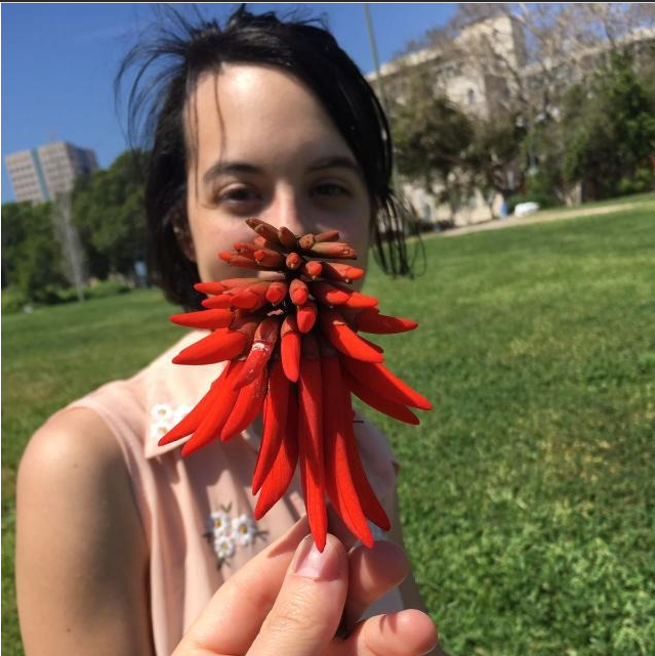
Shaked Fried
Master Student
Shaked is co-supervised with Dr. Yoed Kenett from the Faculty of Data and Decision Sciences. She has a background in A, B, C.

Saar Ben Porat
Master Student
Saar is co-supervised with Arch. Shany Barath from the Faculty of Architecture & Town Planning. Saar has a background in A, B, C.

Shir Kedmi
Research Assistant
Shir has a background in A, B, C. He did this and that and then he completed all of that
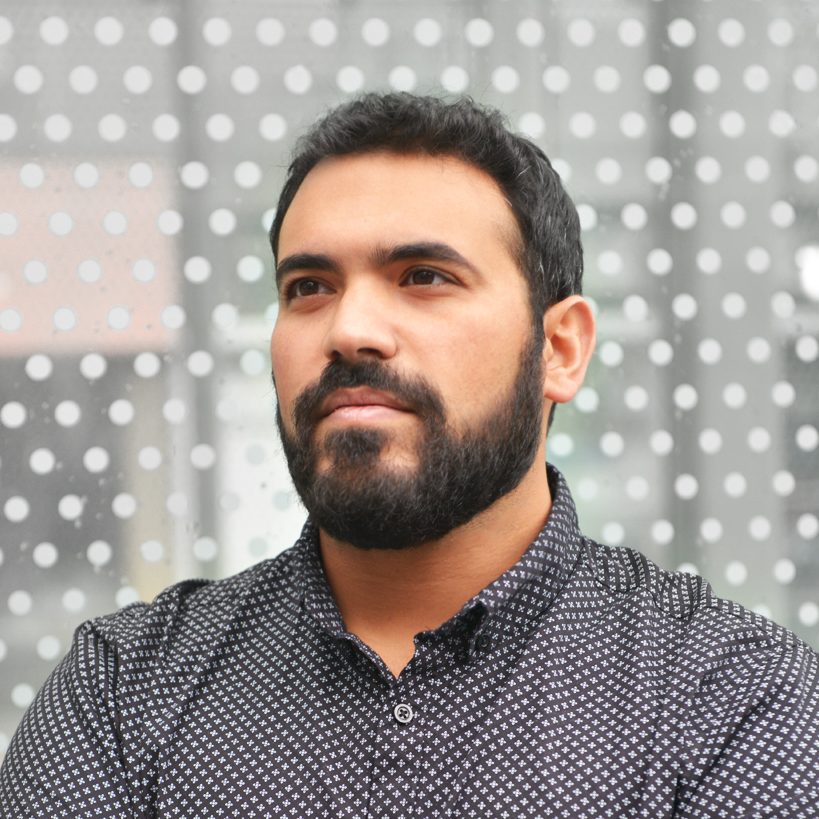
Ezra Ozery
Research Collaborator
Ezra has a background in A, B, C. He did this and that and then he completed all of that
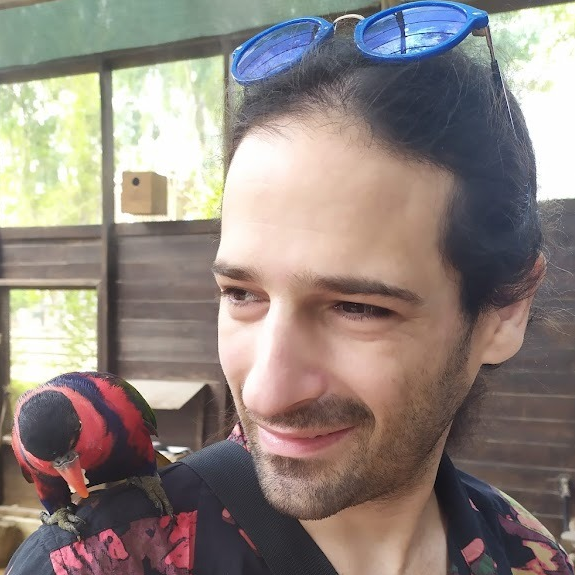
Tom Feldman
Research Collaborator
Tom has a background in A, B, C. He did this and that and then he completed all of that
Open Positions
Contact
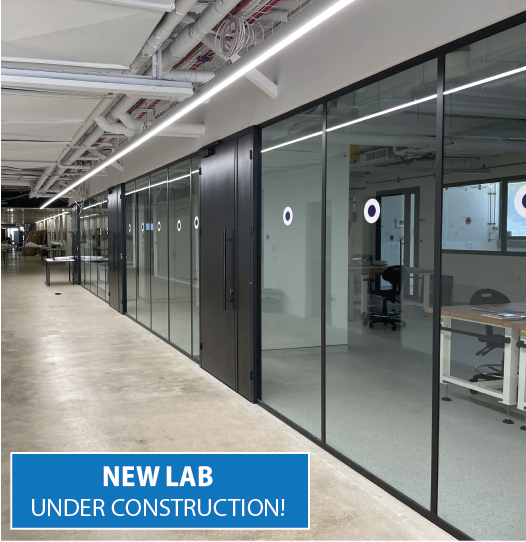
Intelligent Place Laboratory (IPL)
Faculty of Architecture & Town Planning
Technion – Israel Institute of Technology
Segoe Building, Room 506
d.schaumann@technion.ac.il

